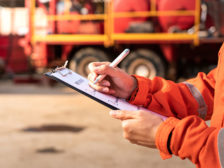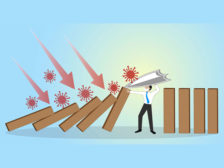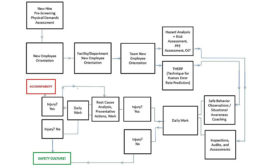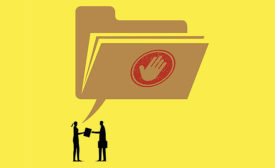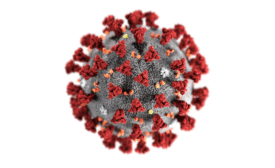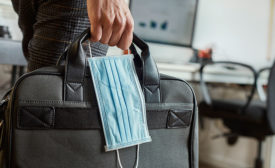Home » Keywords: » hazard analysis
Items Tagged with 'hazard analysis'
ARTICLES
Thought Leadership
Are we our own worst enemy? Optimize safety leadership skills though peer feedback
July 15, 2021
Thought Leadership
Consider personal perceptions and levels of transparency when assessing risk to improve safety
June 30, 2021
Thought Leadership
Risk Management: subjective perspectives, risk assessments and ethical dilemmas
May 13, 2021
Thought Leadership
A tangled web: subjective perspectives, risk assessments and ethical dilemmas
Part 1 of 3
April 27, 2021
Thought Leadership
Whistleblowers, past and present
How to avoid repeat mistakes and understand ethical dilemmas
January 17, 2021
Part 3 of 3: COVID-19 hazard analysis
Lessons learned and continual improvement
July 28, 2020
Get our new eMagazine delivered to your inbox every month.
Stay in the know on the latest safety trends.
SUBSCRIBE TODAYCopyright ©2024. All Rights Reserved BNP Media.
Design, CMS, Hosting & Web Development :: ePublishing

